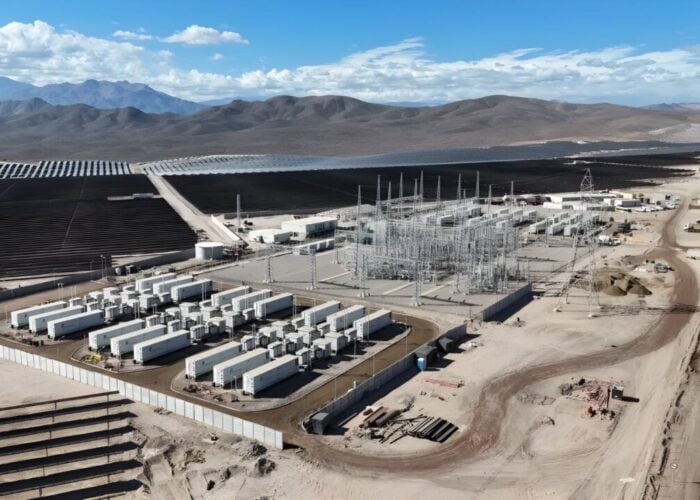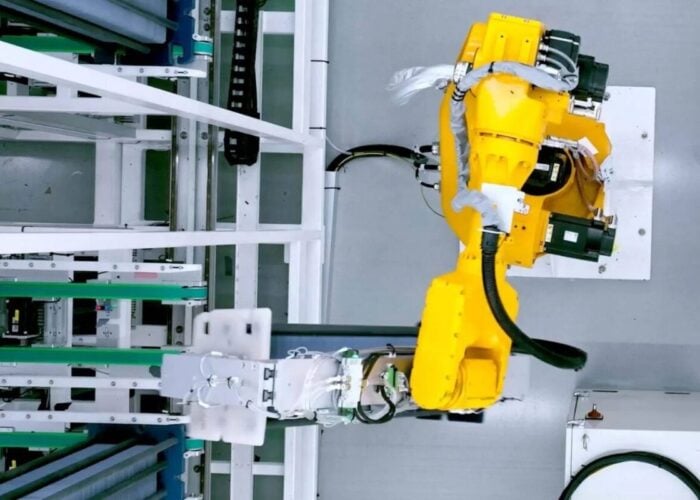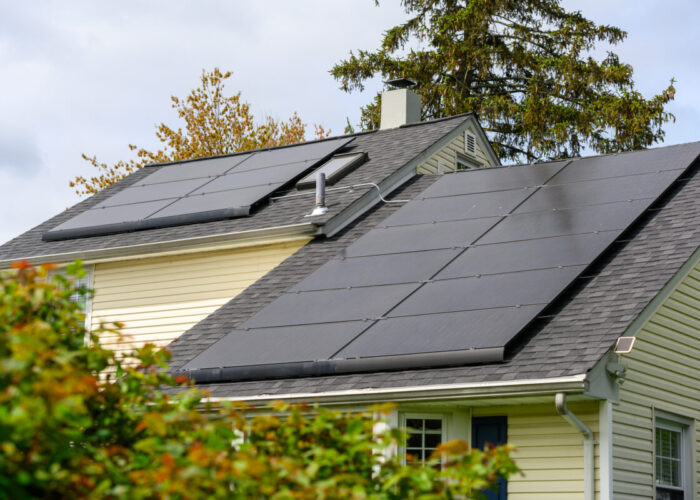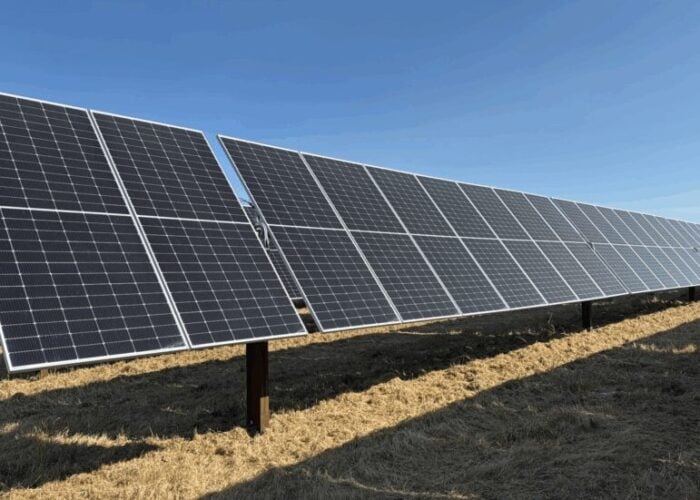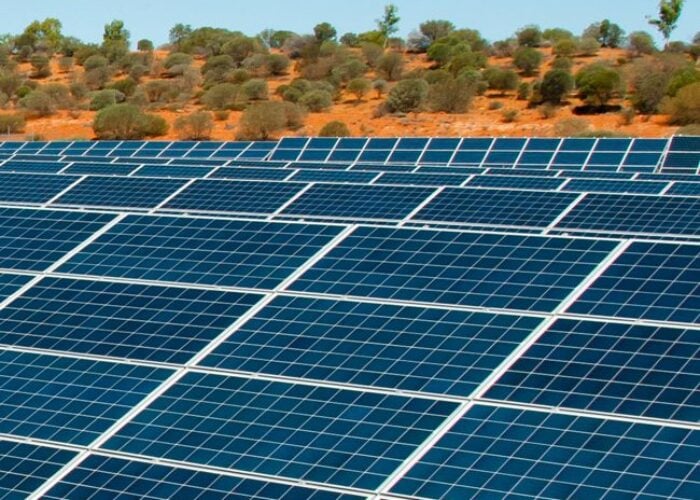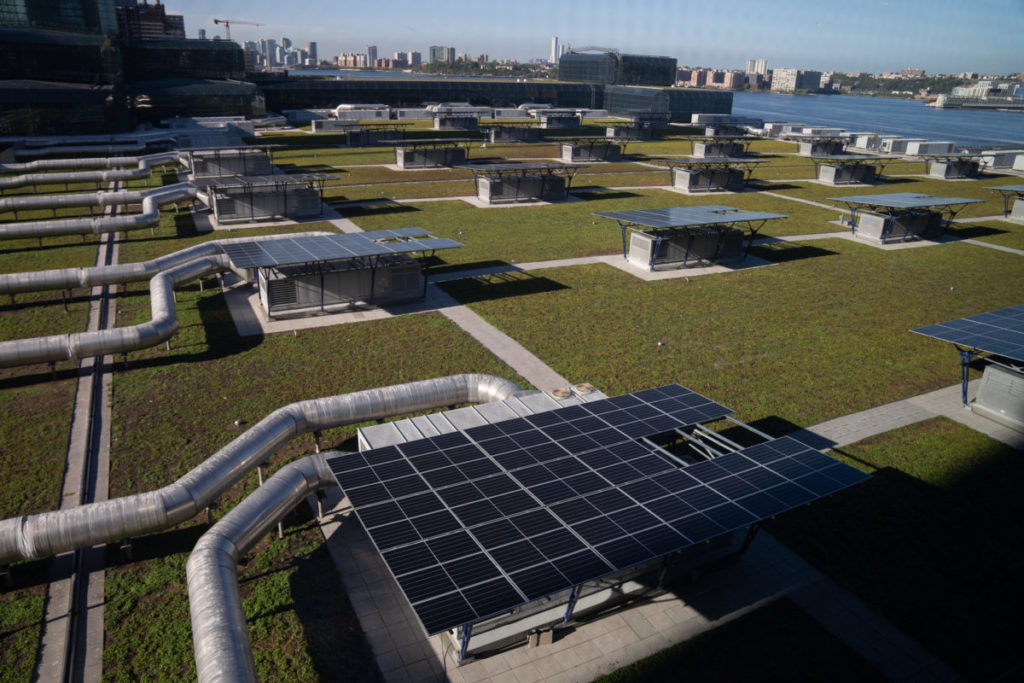
The US state of New York expects to install 35GW of solar PV and 9.4GW of battery energy storage systems (BESS) by 2040.
The New York State Energy Planning Board published a draft state energy plan, which provides a 15-year outlook through 2040 with recommendations for meeting future energy demands in the state. Both solar PV and energy storage targets are for the deployment of utility-scale and distributed projects.
Try Premium for just $1
- Full premium access for the first month at only $1
- Converts to an annual rate after 30 days unless cancelled
- Cancel anytime during the trial period
Premium Benefits
- Expert industry analysis and interviews
- Digital access to PV Tech Power journal
- Exclusive event discounts
Or get the full Premium subscription right away
Or continue reading this article for free
The board is currently seeking public input through written comments or at public hearings until 6 October 2025.
According to the draft plan, nearly half of New York’s in-state electricity generation currently comes from zero-emission sources, of which 27% comes from renewables such as solar PV, wind and hydroelectric.
Moreover, by the end of the decade, renewable energy generation projects currently under development are expected to double the state’s renewable power generation. The draft plan targets up to 14.4GW of solar PV installed by 2030 in the best-case scenario, or 11.9GW in the case of a limited build rate. The forecast for energy storage is the same in both cases, with a target of 6GW by 2030.
Nearly half of the target for solar PV by 2030 has already been installed as the state reached its 6GW distributed solar target a year ahead of its planned 2025 goal. It is also on track to reach 10GW of distributed solar by 2030.
Another segment that will be important for the deployment of solar PV in the state is community solar; New York has long been a leading US state in the community solar segment, with more than 2GW deployed back in 2023.
Among the recommendations for the development of renewable energy in the coming years is to continue the build-out of distributed solar through the NY-Sun initiative, a programme launched in 2012 to expand the state’s distributed solar sector.
It also recommends the support of the renewable energy industry and increase clean energy supply by continuing Clean Energy Standard (CES) – which encompasses several programmes that support the development of new renewable energy generation – solicitations.
State Energy Planning Board chair and New York State Energy Research and Development Authority (NYSERDA) President and CEO, Doreen M Harris, said: “With the release of the Draft State Energy Plan we are proactively planning for the energy needs of the future with a clear-eyed and comprehensive assessment of the current energy systems alongside projected energy demands and infrastructure needs.”
Energy storage to give grid flexibility support
The New York Power Authority also approved a strategic plan to expand renewable energy earlier this year, which will add 3GW of capacity across 37 projects. The majority of these projects will be solar PV, with 30 projects for a combined 2.8GW capacity across utility-scale and distributed generation. The remaining capacity will be from BESS projects. All these projects are expected to be completed as early as the second quarter of 2025, up until Q4 2030.
In order to add these new resources, the grid will need to be expanded and modernised “fast enough to maintain reliability, which will require streamlining processes and accelerating the pace at which infrastructure can be built.”
Virtual power plants and long-duration energy storage will also play a role in giving flexibility support and reduce the need for high-cost resources.
Among the recommendations from the draft for energy storage, it mentions the consideration and exploration of piloting a “resiliency first” energy storage incentive. This would prioritise an energy system’s ability to withstand and recover from disruptions, such as power outages, natural disasters, or other emergencies.

